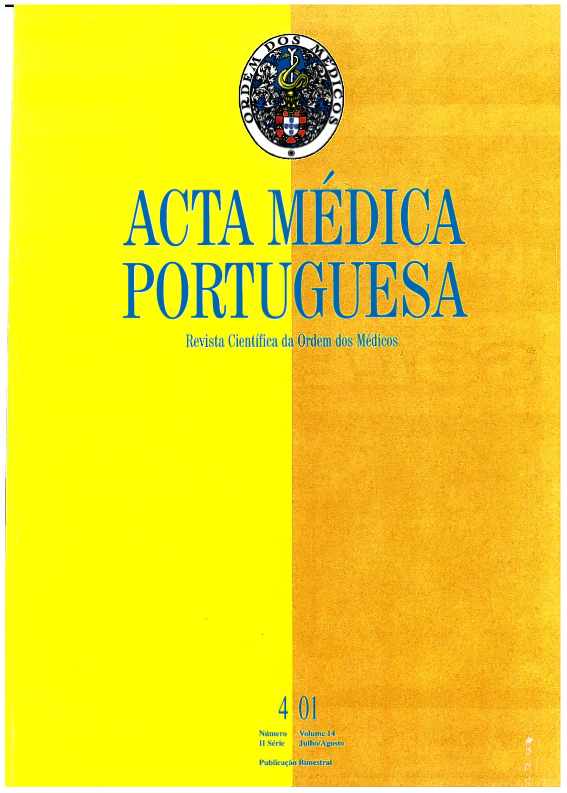Advanced glycosylation in diabetes mellitus. Occurrence of late complications.
DOI:
https://doi.org/10.20344/amp.1862Abstract
Chronic hyperglycaemia contributes to tissue and organ damage retina, kidney and nerves by promoting the formation of advanced glycosylation end products (AGE). The AGE accumulation both in intra and extracellular proteins plays an essential role in the pathogenesis of diabetic complications by production of cross links on extracellular matrix proteins, by interaction with specific cellular receptors and by modification of nucleic acids. Human studies are being conducted to examine the pharmacokinetics efficacy and toxicity of pharmacologic agents that inhibit the AGE formation--aminoguanidine and aminoguandine-like--in order to define its role in the prevention and treatment of retinopathy, nephrology, neuropathy and diabetic atherosclerosis.Downloads
Downloads
How to Cite
Issue
Section
License
All the articles published in the AMP are open access and comply with the requirements of funding agencies or academic institutions. The AMP is governed by the terms of the Creative Commons ‘Attribution – Non-Commercial Use - (CC-BY-NC)’ license, regarding the use by third parties.
It is the author’s responsibility to obtain approval for the reproduction of figures, tables, etc. from other publications.
Upon acceptance of an article for publication, the authors will be asked to complete the ICMJE “Copyright Liability and Copyright Sharing Statement “(http://www.actamedicaportuguesa.com/info/AMP-NormasPublicacao.pdf) and the “Declaration of Potential Conflicts of Interest” (http:// www.icmje.org/conflicts-of-interest). An e-mail will be sent to the corresponding author to acknowledge receipt of the manuscript.
After publication, the authors are authorised to make their articles available in repositories of their institutions of origin, as long as they always mention where they were published and according to the Creative Commons license.









